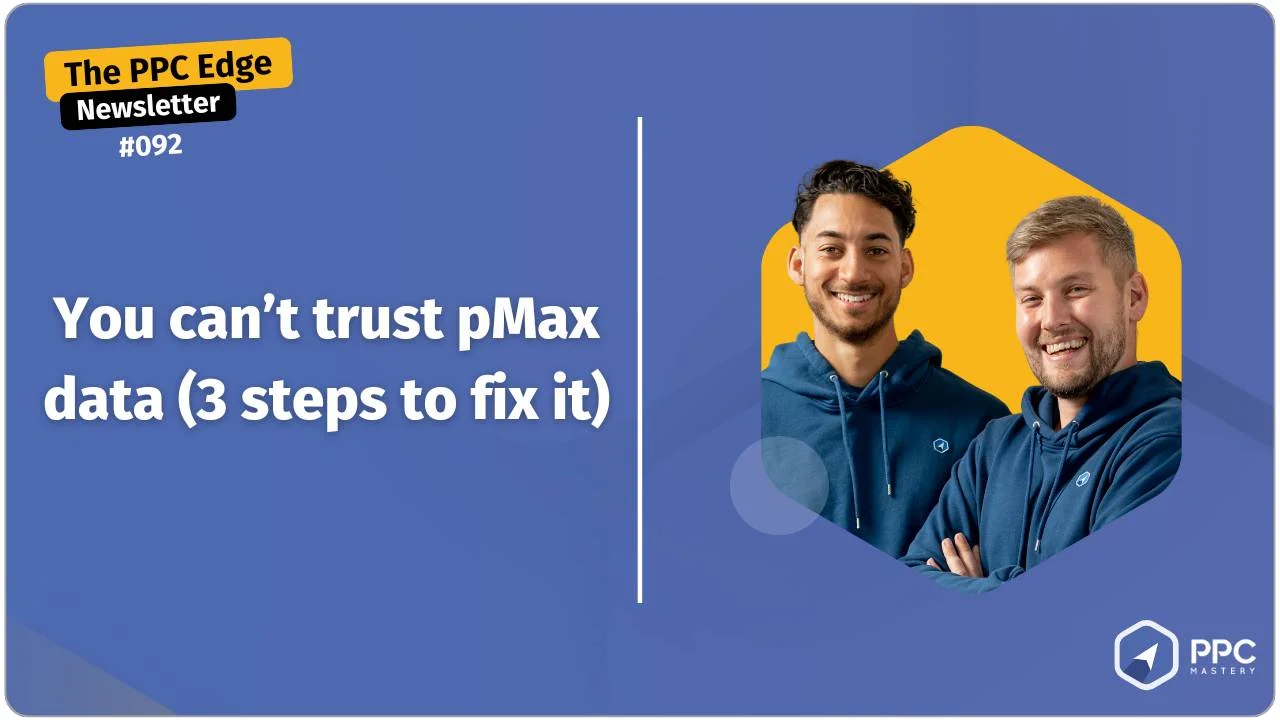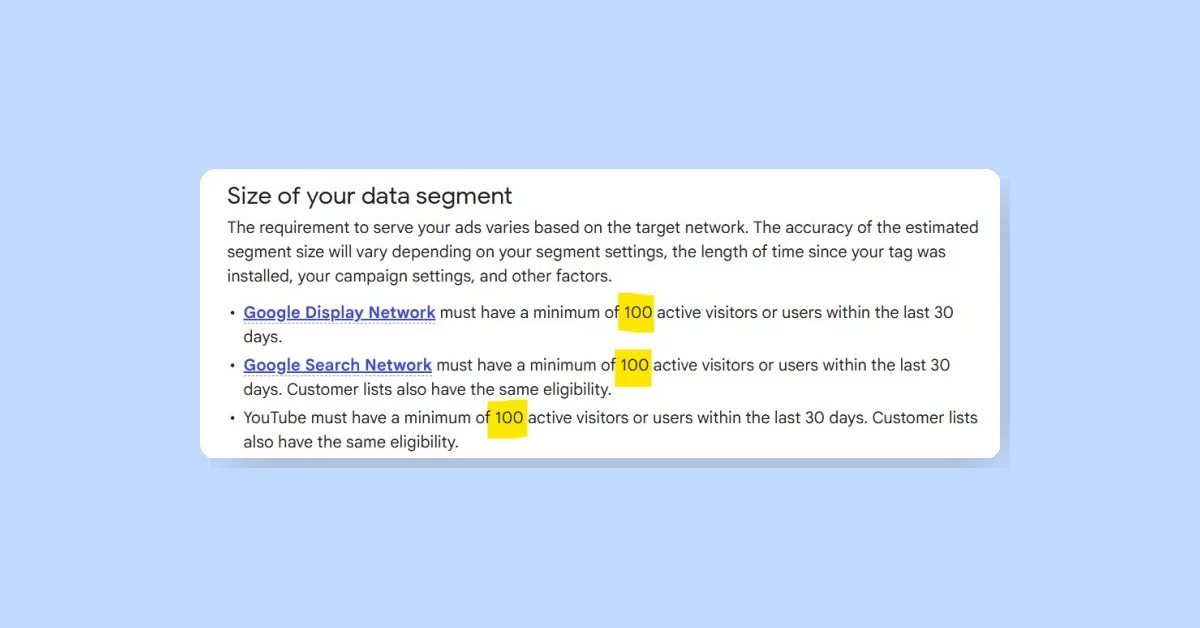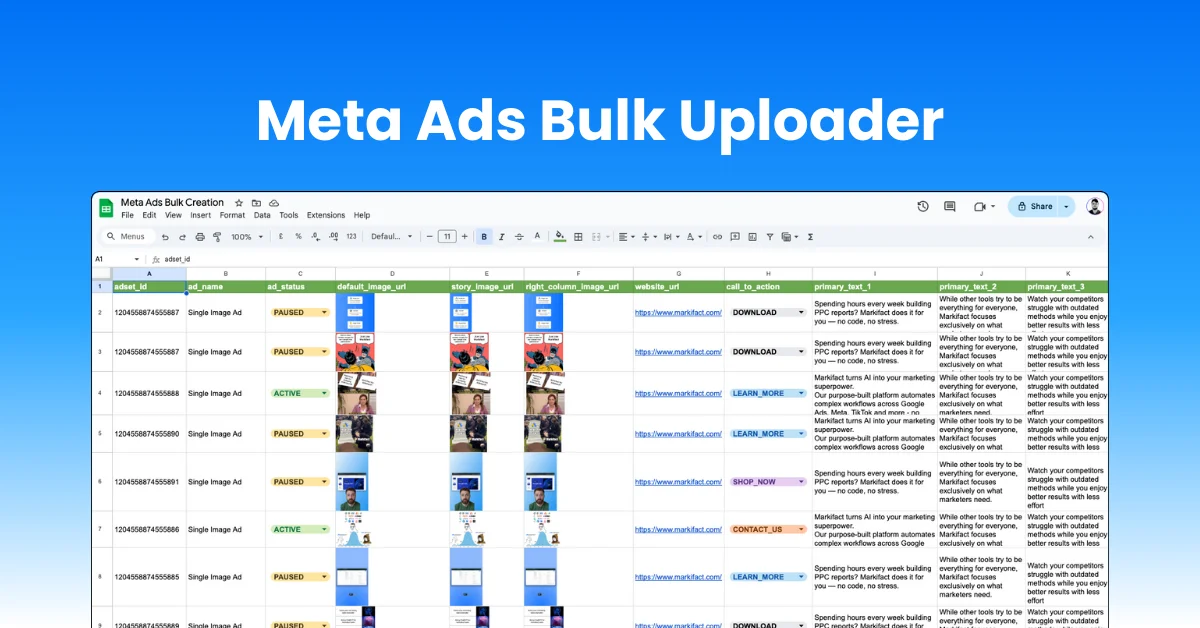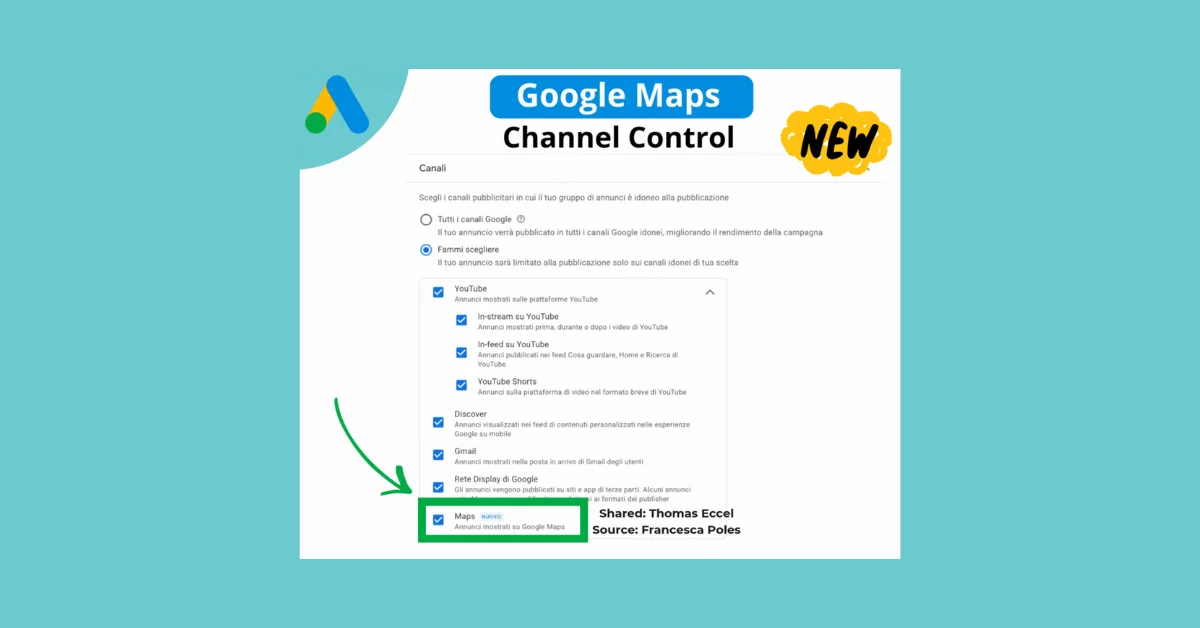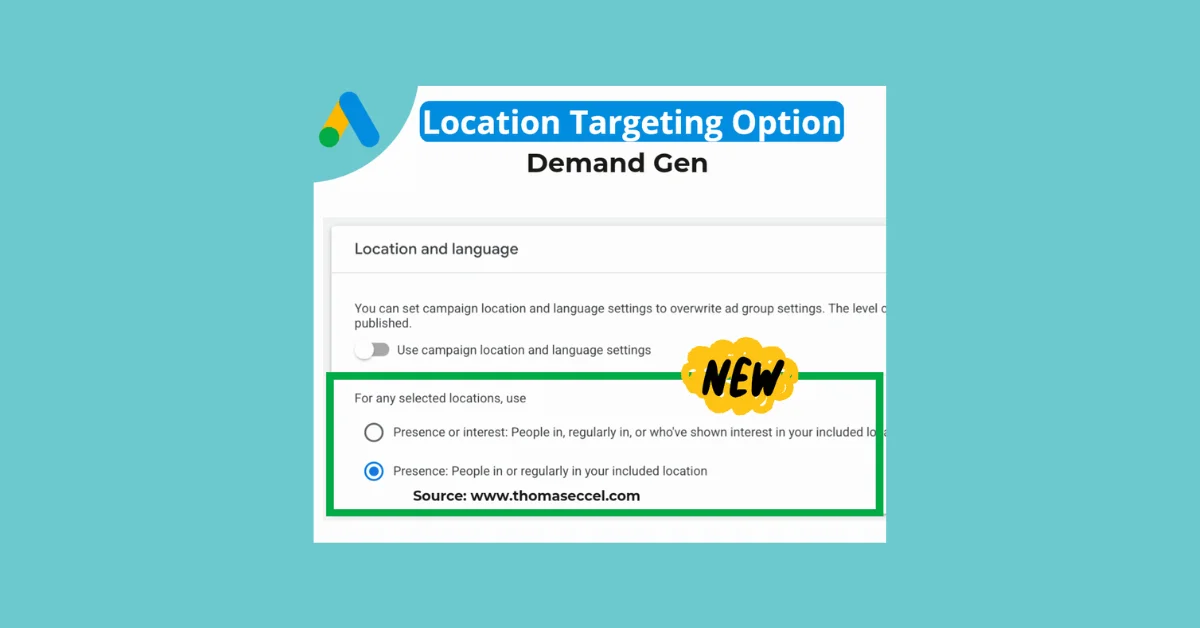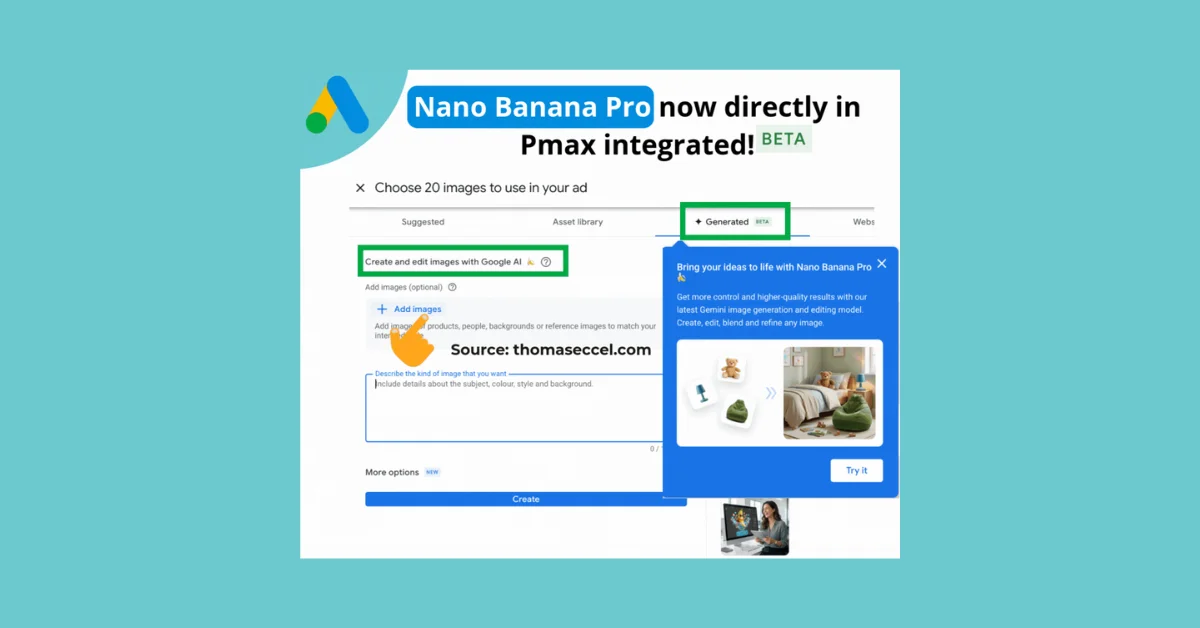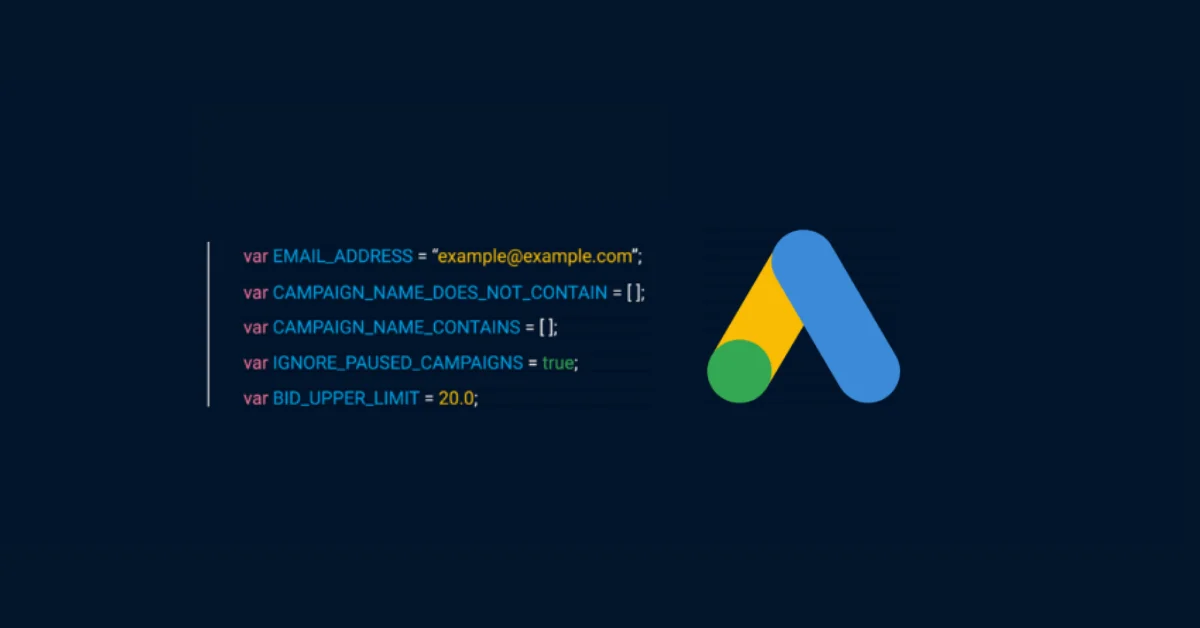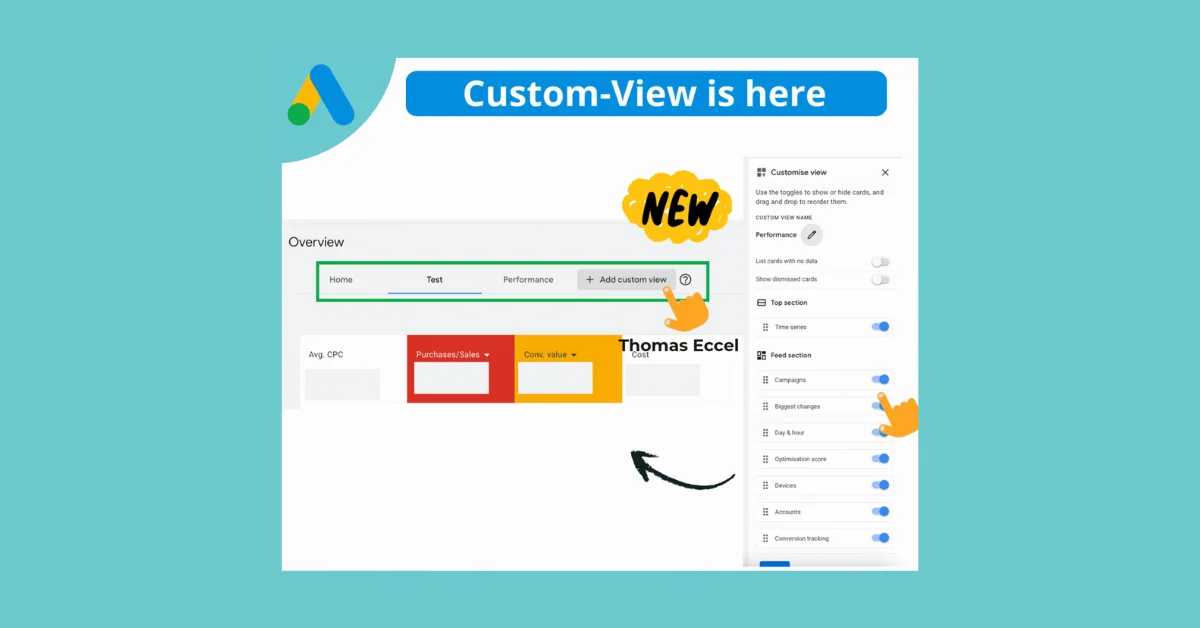Performance Max (pMax) results are often inflated by Branded Search conversions, which can lead to inaccurate decisions and limit scalability. To improve pMax data reliability:
Analyze your share of brand in pMax: Use tools like the script from Smarter Ecommerce (SMEC) to determine the share of brand within pMax.
Exclude brand from pMax: This can be done using Brand Exclusions and Negative Keywords (Lists). Brand Exclusions are for excluding Search and Shopping traffic, while Negative Keyword Lists are for excluding Video and Display traffic related to your brand.
Brand Exclusions: Create a brand exclusions list in your pMax campaign or in the Shared Library, save the list, and add it to the right pMax campaign(s). Use the Brand Analyzer script to check if you no longer catch brand traffic in pMax.
Negative Keyword Lists: Fill out the “Performance Max Campaign Modification Request Form” and a Google Support Rep will add your Negative Keyword List.
Catch brand traffic in Branded Search and Branded Shopping campaigns: After excluding brand traffic from pMax, ensure you catch your brand traffic in dedicated Branded Search and Branded Shopping campaigns.
Branded Search campaign: Most users will already have this.
Branded Shopping campaign: Set up a Branded Standard Shopping campaign with the right feed and location targeting. Use Manual CPC unless you have a specific ROAS target for branded searches, then use tROAS. Set campaign priority to low. Exclude every non-branded search term you see in the search term report of your Branded Shopping campaign.
By following these steps, your pMax ROAS/CPA will get worse, but it’s much more reliable which makes it easier to scale. You can maximize visibility (impression share) on branded searches with your Branded Search and Branded Standard Shopping campaigns.
